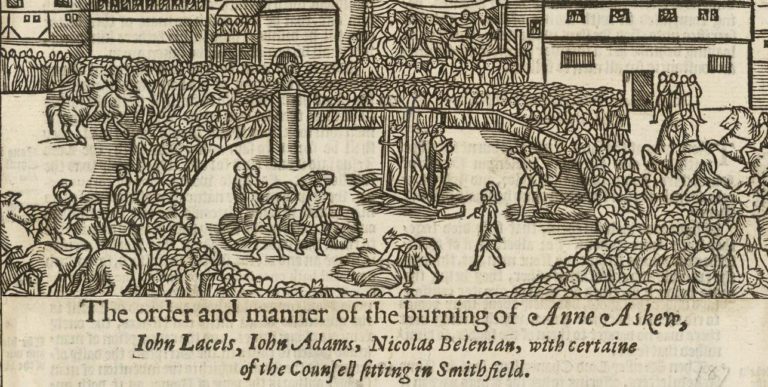Excerpted from Rory Shiner and Peter Orr’s new introduction to Christianity, The World Next Door. (See Steve McAlpine’s review here)
It is almost impossible for us today to capture the strangeness of mentioning, let alone celebrating, the crucifixion of Jesus.
In the first century, “crucifixion” was not a metaphor. No one said, “Oh, man, I got crucified at work today”. In fact, Roman etiquette books reminded people to never mention crucifixion in polite company.
Crucifixion was cruel and unusual by design. The whole theatre of it was all calculated to bring you shame.
Crucifixion was cruel and unusual by design. The whole theatre of it—the nakedness, the loss of control of bodily functions, the slowness of the death, the public spectacle as you were thrust up into the view of all—it was all calculated to bring you shame. No Roman citizen could be crucified. It was reserved for non-citizens, for slaves, and for outlaws. The Romans would happily decapitate a citizen who had committed a serious crime, but not crucify them. Come on! We have standards, people!
Those who were crucified bore on themselves the full weight of Rome’s military might and judicial power. As their bodies were left to rot or become food for birds, they were a reminder to the rest of what happens to those who challenge Roman order.
For a Jewish person, crucifixion had an additional layer of meaning. In the Old Testament law, anyone who was “hung” on a tree (or a cross) was “under God’s curse” (Deuteronomy 21:23). A Jewish person reading their Scriptures and looking at a body nailed to a cross didn’t have to wonder what it might mean. It already meant something. It meant they were under God’s curse.
Crucifixion wasn’t an empty vessel, waiting for Christians to fill it with meaning. It already meant something. Loser. Non-person. Cursed by God. These are the essential meanings of crucifixion. In the Christian faith, we are not stepping into a semantic vacuum, trying to argue that the crucifixion of Jesus meant something after all. We are arguing that it means something else. But what?
The clue is back there in the next part of that poem by Isaiah:
Surely he took up our pain and bore our suffering,
yet we considered him punished by God, stricken by him, and afflicted.
But he was pierced for our transgressions, he was crushed for our iniquities;
the punishment that brought us peace was on him, and by his wounds we are healed. (Isaiah 53:4-5)
The Christian faith addressed the problem of the meaning of the cross, not by going around it, but by going through it. Cursed? Yes! Punished? Yes! Crushed? Yes! But why? For our pain and suffering. Our transgression. Our iniquity.
God in Christ stands where we should have stood, receives the punishment we should have received, died the death we should have died.
The pulsating heart of the Christian faith is right here. God in Christ stands where we should have stood, receives the punishment we should have received, died the death we should have died. He takes our place. The righteous for the unrighteous, to bring us back to God.
Jesus, in his burial, died the death of the creature, and the death of sinners. By slowing down at the point of Christ’s death, the [Apostle’s] Creed invites us to linger over the mystery of the incarnation. Fully, completely, actually, without having to cross your fingers or squint or look sideways, Jesus, the Son of God, died. As the early church fathers never tired of saying of Jesus, “That which he did not assume, he could not heal.” Jesus did not conduct his mission in a Hazchem suit. He completely identified with our humanity in order to heal all of our humanity. Humans go to their graves as finite creatures and guilty sinners. Jesus went there too, not as a guilty sinner, but as a saviour.




















